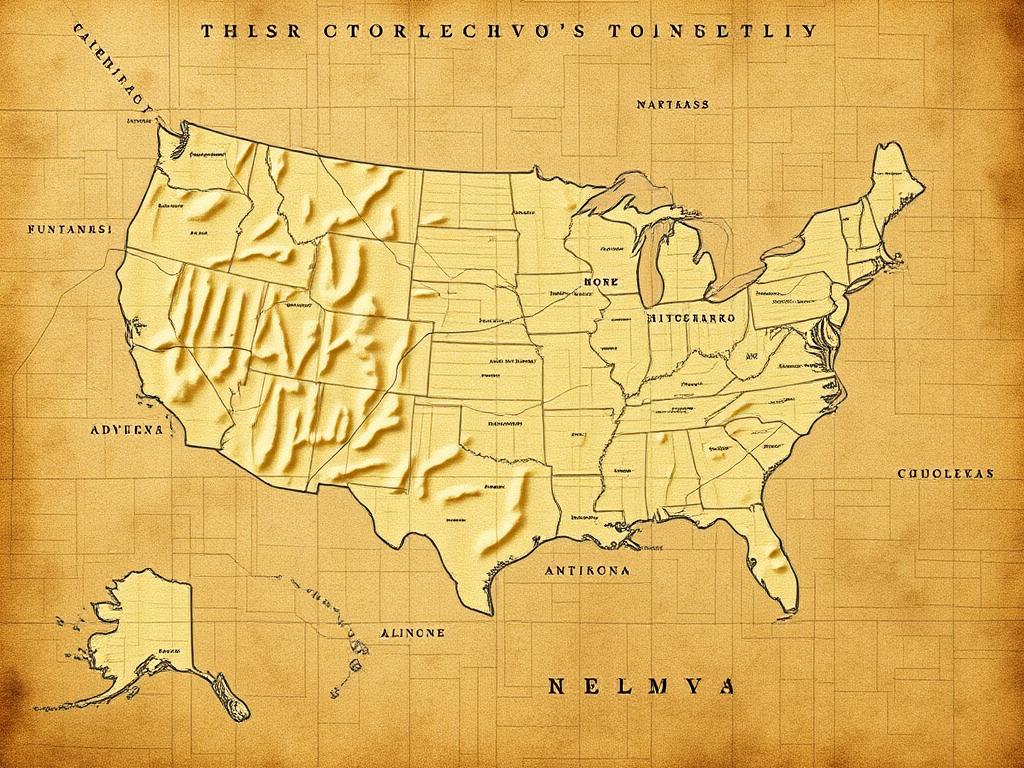Finding unconventional experiences in any city is easier than ever, thanks to the treasure trove of information available online. But not every map points you to museums or art galleries—some direct the curious, the bold, and the risqué to a much grayer area. Enter the rub and tug map: a digital phenomenon that sits at the intersection of curiosity, controversy, and rapidly changing cultural norms.
The term “rub and tug” might raise a few eyebrows, but it’s widely recognized across the internet as a cheeky euphemism for certain massage parlors that offer more than just typical back or foot rubs. Maps that detail these locations—often crowdsourced and user-reviewed—have become a source of both fascination and debate. Where did these maps originate? Why are people searching for them? And what are the broader implications for society, legality, and safety?
In this in-depth dive, we’ll explore the complex ecosystem of rub and tug maps, look at who uses them and why, discuss the surrounding legal and ethical concerns, and investigate the effect these maps have on communities.
Understanding the Rub and Tug Map Phenomenon
From digital forums to mobile apps, rub and tug maps have flourished over the past decade. Oddly enough, their presence says a lot about our attitudes toward sexuality, privacy, digital crowdsourcing, and the ongoing conversation about sex work.
At its most basic level, a rub and tug map is an online guide—often in the form of interactive maps or directory lists—that highlights establishments known (or rumored) to provide erotic massage services. Think of it like Google Maps with a very adult twist; users can search by city or neighborhood, read reviews, share their own experiences, and sometimes even rate the skill and discretion of the staff.
For some, these resources serve as frank and practical guides to services that might otherwise be buried under euphemism or ambiguity. For others, they raise alarm bells about legality, safety, and the risk of exploitation. Regardless of perspective, there’s no denying the cultural curiosity that surrounds these digital roadmaps of the underground.
The Origins and Evolution
Tracing the story of the rub and tug map takes us back to the early days of internet forums. In cities around the world, users began sharing recommendations for massage parlors that discreetly provided happy endings. As word spread, so did the demand for a more systematic, organized way to share this information. By the mid-2000s, entire websites dedicated to rub and tug maps and reviews began to surface, often attracting huge communities.
What started as simple spreadsheet lists or rough sketches evolved into sophisticated databases, interactive maps, and even searchable mobile applications. The blend of anonymity and transparency online allowed these communities to flourish.
How Does a Rub and Tug Map Work?
Today’s rub and tug maps borrow heavily from modern travel guide technology. They blend crowdsourced reviews, pins on city maps, and a dizzying array of filters—location, price, ambiance, user rating, and more.
| Feature | Description |
|---|---|
| User-Submitted Listings | Registered or anonymous users submit new massage parlor locations, often providing details of their experience. |
| Interactive City Maps | Clickable, address-marked maps that show exactly where known parlors are located. |
| Rating and Reviews | Feedback systems that allow users to rate services, staff, cleanliness, and outcome. |
| Photos and Menus | Some platforms allow photos, service menus, and even staff profiles (blurred for privacy). |
| Filtering | Options to filter by service, price, hours of operation, and discretion level. |
| Discussion Forums | User communities for open discussion, safety tips, and news. |
Who Uses Rub and Tug Maps—And Why?
While stereotypes may suggest that rub and tug maps are only used by a very specific type of client, the reality is more nuanced. Let’s take a look at the main sections of the audience.
- Curious Newcomers: Individuals exploring new experiences, sometimes single, sometimes partnered, who want as much information as possible before their first visit.
- Regular Clients: Repeat visitors who seek consistency, trusted service, and reliable information about safety and service quality.
- Travelers: Out-of-towners unfamiliar with the local landscape who want to avoid scams and know what to expect in a new destination.
- Industry Watchers: Activists, journalists, or academics studying the evolution of the underground economy, user behaviors, or patterns in cities.
- Law Enforcement: Officers and investigators who monitor these maps for illegal activities and potential trafficking outcomes.
The anonymity of the internet means it’s difficult to break down user demographics too specifically. However, policymakers and advocates have noticed that the presence and use of rub and tug maps often aligns with cities where sex work is criminalized or highly stigmatized.
Motivations and Mindset
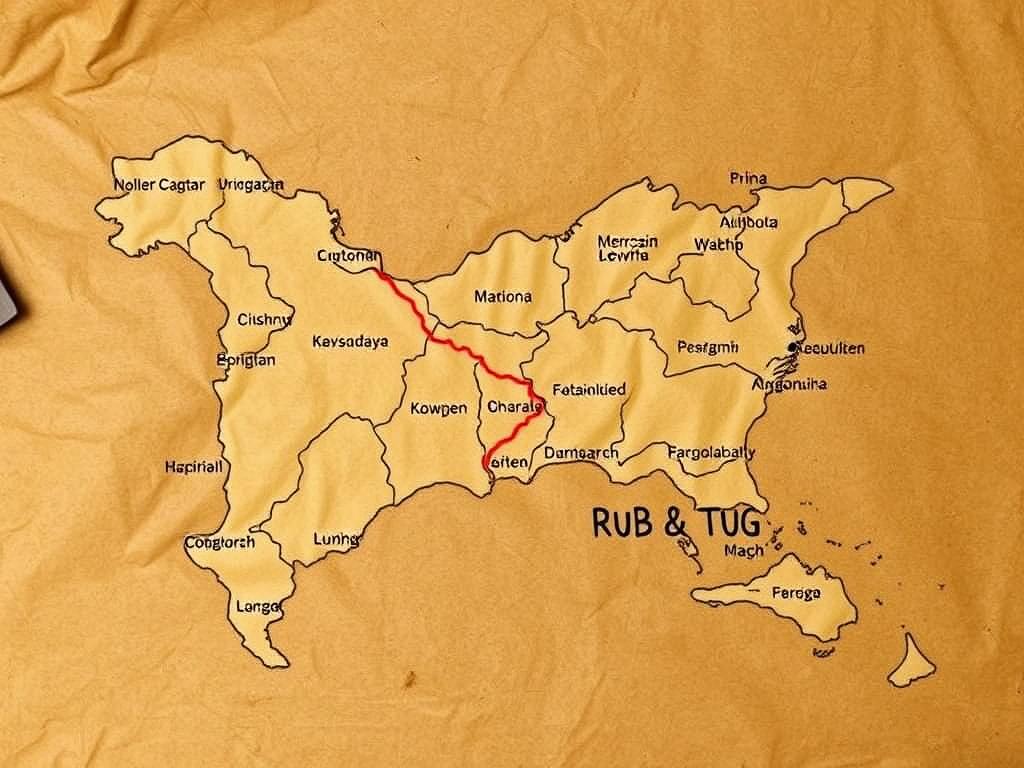
People turn to rub and tug maps for numerous reasons. Some want to avoid embarrassment or misunderstandings; a clear, detailed review allows them to make an informed decision. Others are seeking privacy and security, and will specifically seek out venues with positive notes on discretion and client safety.
In more rare cases, some users view participation as part of a broader “hunter community”—one where sharing tips or “discovering” new locations leads to internet cred and camaraderie.
The Legal and Ethical Landscape
No conversation about rub and tug maps would be complete without tackling the complicated realities of legality and ethics. The laws surrounding so-called “erotic massages” vary enormously from place to place, and so do societal attitudes.
Legal Status Around the World

Across the globe, the spectrum of legal attitudes toward rub and tug establishments is broad. Some countries or cities operate under a model of legalized, regulated sex work. Others criminalize any sexual act in a commercial setting, and still others see a patchwork of ambiguous laws.
| Country/Region | Rub and Tug Establishments | Legal Approach |
|---|---|---|
| Netherlands | Widely available, regulated | Legalized & regulated sex work |
| United States (most states) | Common, semi-clandestine | Usually illegal; enforcement varies |
| Canada | Present, in a gray area | Legal to sell/buy sex, illegal to operate brothels |
| United Kingdom | Less visible, true solitude | Paying for sex legal, brothels/soliciting illegal |
| Thailand | Pervasive in tourist zones | Officially illegal but tolerated |
This complex legal patchwork makes rub and tug maps both more necessary for some (to avoid stings or bad actors) and more controversial for others (potentially facilitating illegal activities).
Are Rub and Tug Maps Legal?
The rub and tug map itself rarely falls under direct legal fire—maps, lists, and information are usually protected under free speech unless they are seen as directly facilitating illegal activities. However, some law enforcement agencies have moved to shut down particularly explicit forums or clamp down on platforms that include user-uploaded evidence of illegal behavior.
At the heart of the matter is a tangle of privacy, empowerment, and protection. Should private individuals be able to crowdsource information about “hidden” adult services? Or does this information make it easier for criminal actors to profit from the shadows, or for exploitation to go unchecked?
Ethical Considerations
Beyond legality, rub and tug maps raise real ethical questions. On one side, defenders claim that these maps empower both clients and workers—allowing for safety warnings, blacklists on dangerous clients, and informed decisions about where to go. On the other, critics say they encourage risky behavior, perpetuate exploitation, and may expose vulnerable workers to danger or harm.
The presence of these maps has even sparked debate amongst sex worker advocacy groups. Some endorse verified listings and crowd warnings as increasing accountability. Others worry these maps can turn workers into commodities and increase unwanted attention or surveillance.
Impact on Communities and Individuals
Like all internet phenomena, the presence of rub and tug maps has ripple effects far beyond their most devoted users. These impacts are felt by massage parlor workers, local communities, law enforcement, and the adult service industry as a whole.
Effects on Workers
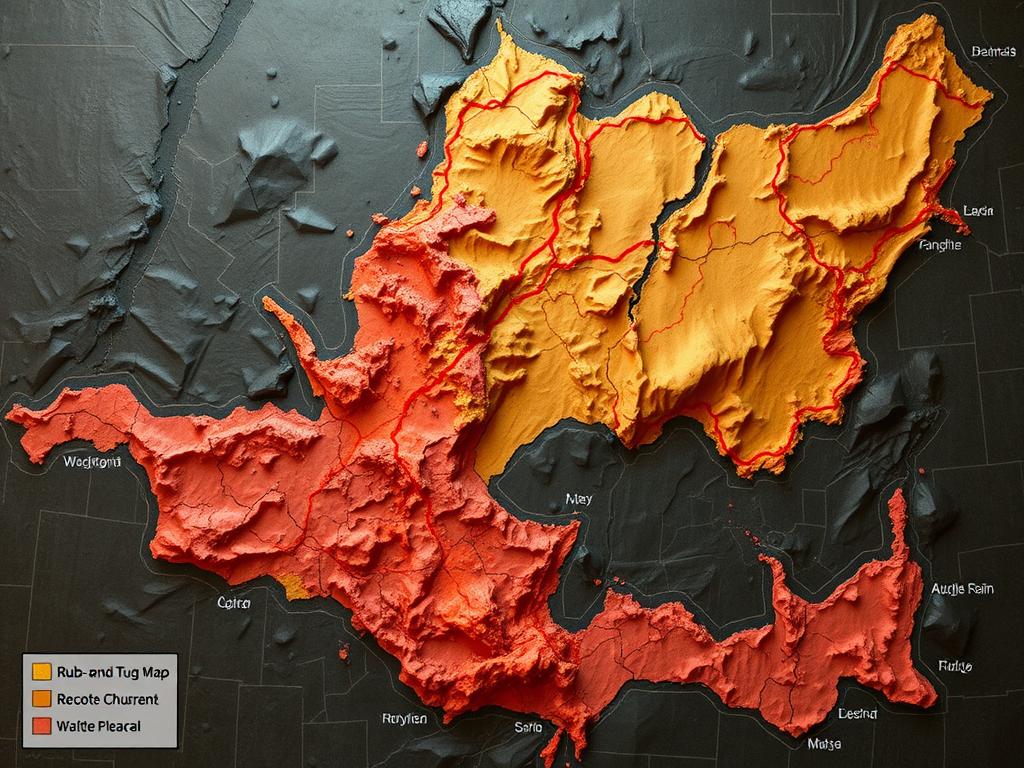
For workers, rub and tug maps are a double-edged sword. On one hand, they can boost business and steer clients to venues with positive reviews. On the other, they risk outing workers’ identities, drawing unwanted scrutiny, or fueling harassment.
Some workers use rub and tug maps and forums themselves, keeping tabs on blacklisted clients, swapping safety tips, or correcting misinformation. However, many also wish for more protections—both digital and real-world—to guard against exploitation and preserve choice.
Neighborhood Dynamics

Areas known for a high density of massage parlors—especially those flagged on rub and tug maps—see their local dynamics shift. Sometimes this results in increased foot traffic and business for ancillary services (cafes, hotels, parking). Other times, it prompts neighbors to lobby for crackdowns, worried about crime or changing neighbourhood reputations.
There are cases where digital exposure has led to investigations, closures, or changes in local law. The mere existence of a parlor on a rub and tug map can become a focal point for debate among policymakers and city leaders. The internet, after all, amplifies and accelerates local controversies in ways difficult to predict.
Technology and Privacy

The role of technology cannot be underestimated when it comes to rub and tug maps. With every new privacy tool, encrypted messenger, or mobile app, the ability to both create and evade scrutiny increases.
Some rub and tug map communities encourage users to be careful about sharing identifying information or posting unnecessary photos. However, lapses do happen, and workers in particular have expressed concerns about doxxing (uncontrolled spread of personal identification).
Much like other underground communities, there is a mixture of trust and caution. While some users believe in full transparency, others practice extreme discretion—using pseudonyms, unlisted IPs, and encrypted contact details.
Rub and Tug Maps and the Future: Shifts in Attitudes and Technology
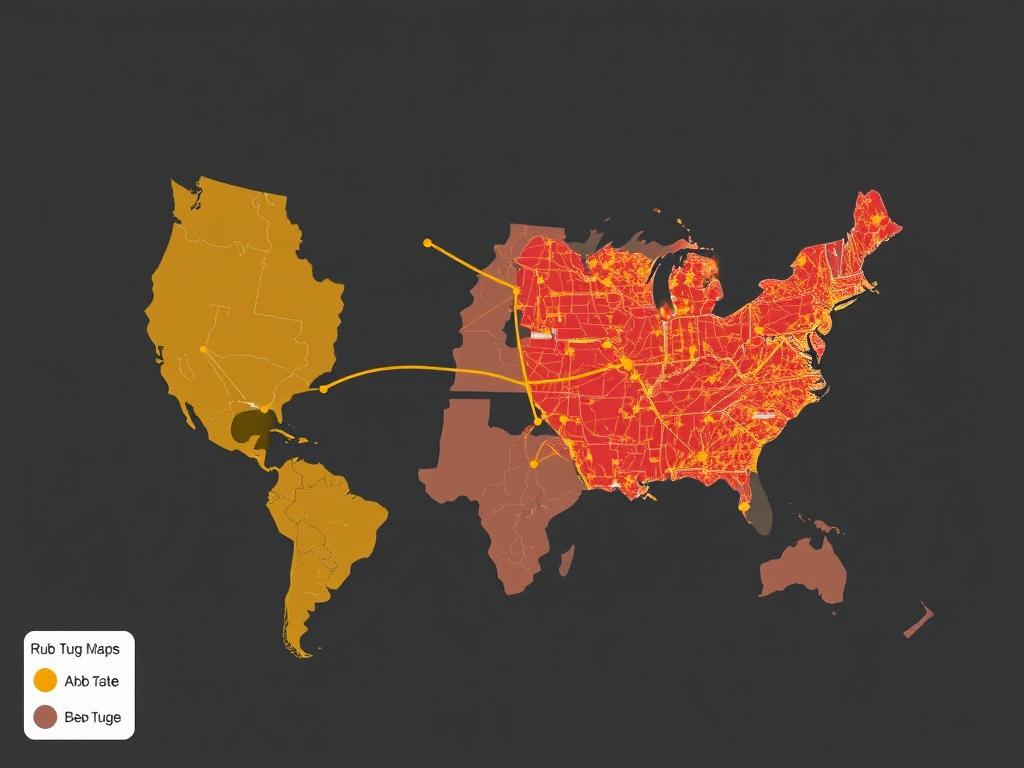
Sex work, in all its forms, is currently under the microscope, with debates raging from boardrooms to bedrooms about decriminalization, regulation, and safety. Rub and tug maps sit at the center of this discussion, illustrating broader shifts in how society navigates taboos.
Digital crowdsourcing shows no sign of slowing down, and the appetite for transparency, user feedback, and greater control over adult experiences is likely to keep rub and tug maps relevant—if perpetually contested.
Possible Paths Ahead

How might the rub and tug map phenomenon evolve over the next few years? Here are some potential directions:
- More Responsible Platforms: Increased pressure for rub and tug maps to self-regulate, vet user submissions, and add safeguards for worker privacy and safety.
- Integration of Verification Tools: Digital IDs, verified reviews, and secure messaging may become standard, improving accountability.
- Changing Legal Landscape: Moves toward decriminalization or tighter regulations could reshape the demand for these maps, making them more mainstream—or more underground.
- Increased Worker Involvement: Greater worker participation could shift maps toward empowerment, safety, and better working conditions.
- Societal Destigmatization: As discussions about sex work become more open, cities might embrace harm reduction—changing how both clients and workers use these maps.
The dual forces of technological change and shifting cultural norms will ultimately determine whether rub and tug maps are mainstreamed as neutral guides or remain locked in controversy.
Conclusion
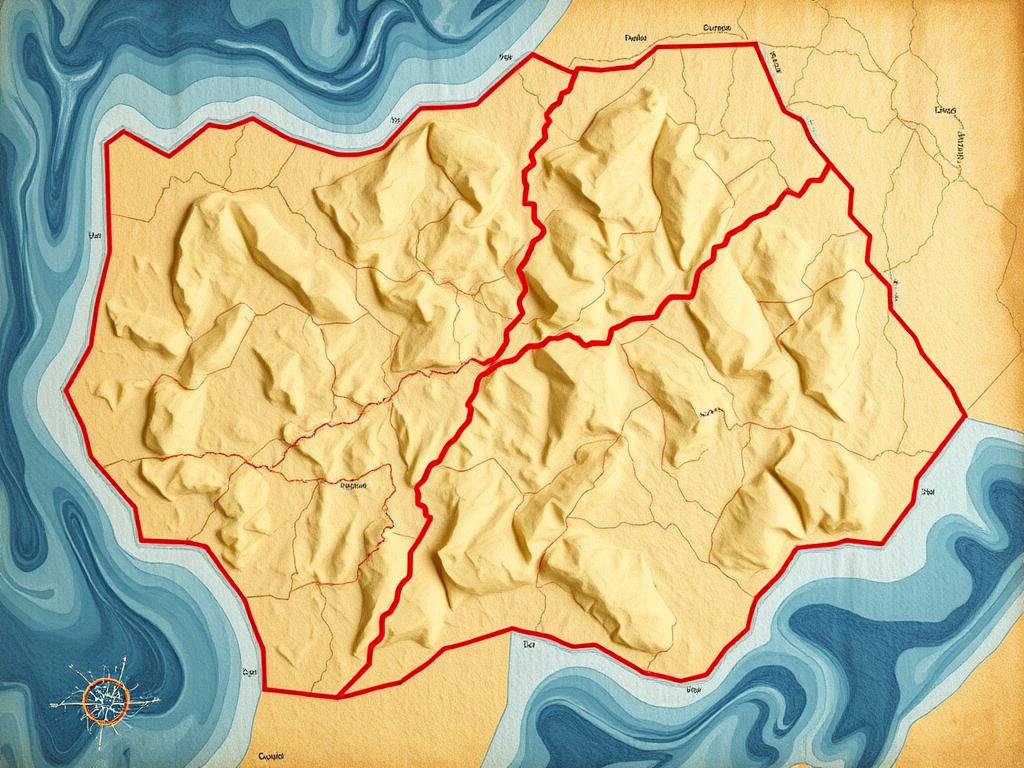
Rub and tug maps stand as a symbol of the complexity and contradiction present within our attitudes toward sexuality, privacy, and community. What began as whispered tips and coded forum posts has transformed into a sprawling digital ecosystem—one that both empowers and exploits, informs and divides.
For some, these maps are valuable guides in a confusing, clandestine world; for others, they facilitate risk and exploitation. The truth lies somewhere in between, shaped by law, culture, and technology.
Whatever your perspective, one thing is clear: rub and tug maps have opened up new conversations about transparency, accountability, and the demand for information in every corner of our lives—even those we rarely talk about aloud. How we navigate this digital landscape will say much about our broader approach to sexuality, safety, and freedom in the years ahead.


